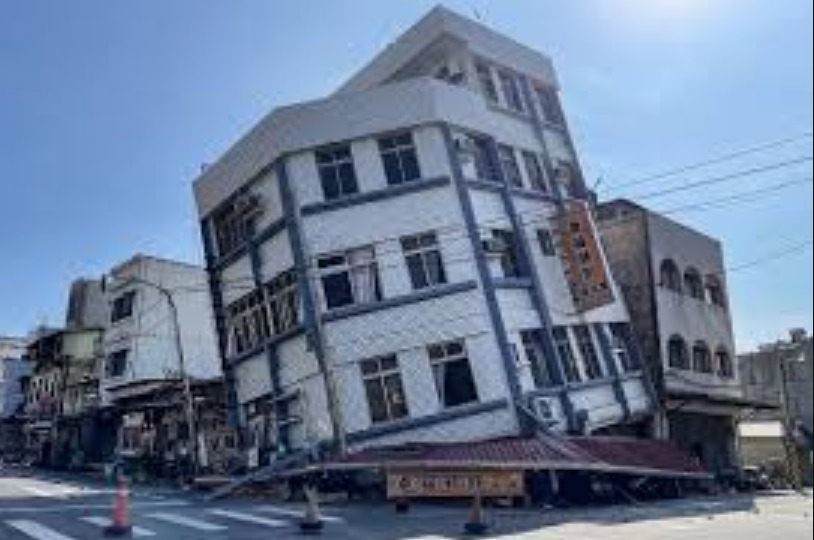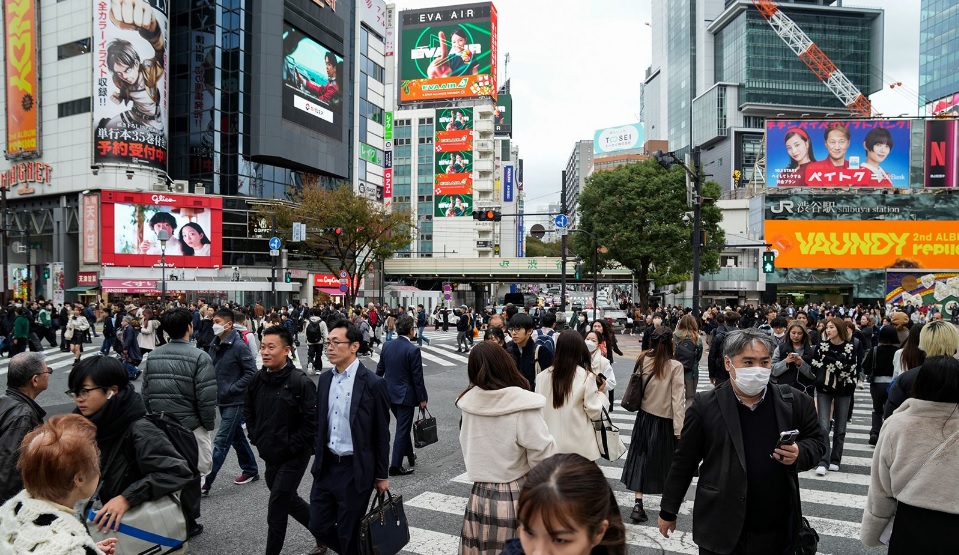
Four fatalities and sixty injuries reported following Taiwan’s most powerful earthquake in 25 years.
Officials stated that the earthquake and subsequent powerful aftershocks were the most intense to hit the island in decades, and cautioned of additional tremors expected in the coming days.
In Tokyo, the death toll from Wednesday’s massive earthquake in Taiwan has reached four, as reported by the national fire agency.
All fatalities took place in Hualien county, the epicenter of the earthquake, with three individuals passing away on a hiking trail and one within a highway tunnel.
Authorities indicated that the earthquake and subsequent series of powerful aftershocks were the most intense to hit the island in decades, and cautioned of further tremors in the coming days.
Officials stated that the earthquake and its strong aftershocks were the most severe to strike the island in decades, and they warned of additional tremors expected in the coming days.
“The earthquake is near the coast and has a shallow depth. Its effects are felt across Taiwan and nearby offshore islands,” stated Wu Chien-fu, who serves as the director of Taipei’s Central Weather Administration’s Seismology Center.
Stringent building regulations and heightened disaster awareness seem to have prevented a significant disaster for the island, which frequently experiences earthquakes due to its proximity to the convergence of two tectonic plates.
Wu mentioned that the earthquake was the most powerful since a 7.6-magnitude one hit in September 1999, resulting in approximately 2,400 fatalities, marking the deadliest natural disaster in the island’s history.
The magnitude-7.4 earthquake occurred shortly before 8:00 am local time (0000 GMT) on Wednesday, with the United States Geological Survey (USGS) locating the epicenter 18 kilometers (11 miles) south of Taiwan’s Hualien City, at a depth of 34.8 kilometers.
Kelvin Hwang, a guest staying at a hotel in Taipei, remarked, “I intended to leave, but I wasn’t dressed. The tremor was very intense.” Seeking refuge, Hwang took shelter in the elevator lobby on the ninth floor.
Social media was flooded with shared videos and images from across the country depicting buildings swaying as the earthquake hit.
Local television broadcasted dramatic images of multi-storey buildings in Hualien and other areas tilting over once the earthquake subsided.
Reports indicated that roads leading to Hualien, a coastal city surrounded by mountains with a population of approximately 100,000, were obstructed by landslides.
According to the Central Emergency Operations Center, there was suspicion that one individual on a hiking trail had been fatally crushed by a dislodged boulder. Additionally, nearly 60 people had received medical treatment for injuries related to the earthquake.
Initially, authorities in Taiwan, Japan, and the Philippines issued a tsunami warning. However, by approximately 10 am (0200 GMT), the Pacific Tsunami Warning Center stated that the threat had mostly subsided.
In the downtown area, the metro briefly suspended service but resumed within an hour. Concurrently, local borough chiefs advised residents to check for possible gas leaks.
Taiwan frequently experiences earthquakes due to its location near the convergence of two tectonic plates, while neighboring Japan encounters approximately 1,500 tremors annually.
On the other side of the Taiwan Strait, social media users in China’s eastern Fujian province, which shares a border with Guangdong in the south, and other areas reported experiencing significant tremors as well.
People living in Hong Kong also reported sensing the earthquake.
According to the state news agency Xinhua, China, which considers Taiwan a renegade province, is closely monitoring the earthquake and is prepared to offer disaster relief assistance.
According to a company official speaking to AFP, production at Taiwan Semiconductor Manufacturing Company, the largest chip maker globally, experienced temporary interruptions at certain plants. Additionally, work at construction sites for new plants was suspended for the day.
Most earthquakes in the area are minor, but the level of damage they inflict depends on how deep the epicenter is beneath the Earth’s surface and where it’s located.
The extent of tsunamis, which are large and potentially devastating waves that can travel at hundreds of kilometers per hour, is also influenced by various factors.
The largest earthquake ever recorded in Japan was a powerful 9.0-magnitude tremor underwater in March 2011 off the country’s northeast coast. This event caused a tsunami that resulted in approximately 18,500 deaths or disappearances.
The disaster in 2011 led to the meltdown of three reactors at the Fukushima nuclear plant, marking Japan’s most severe post-war crisis and the gravest nuclear incident since Chernobyl.
Earlier this year on New Year’s Day, Japan experienced a significant earthquake, registering 7.5 magnitude, striking the Noto Peninsula and resulting in the deaths of over 230 individuals. Many fatalities occurred due to the collapse of older buildings.


